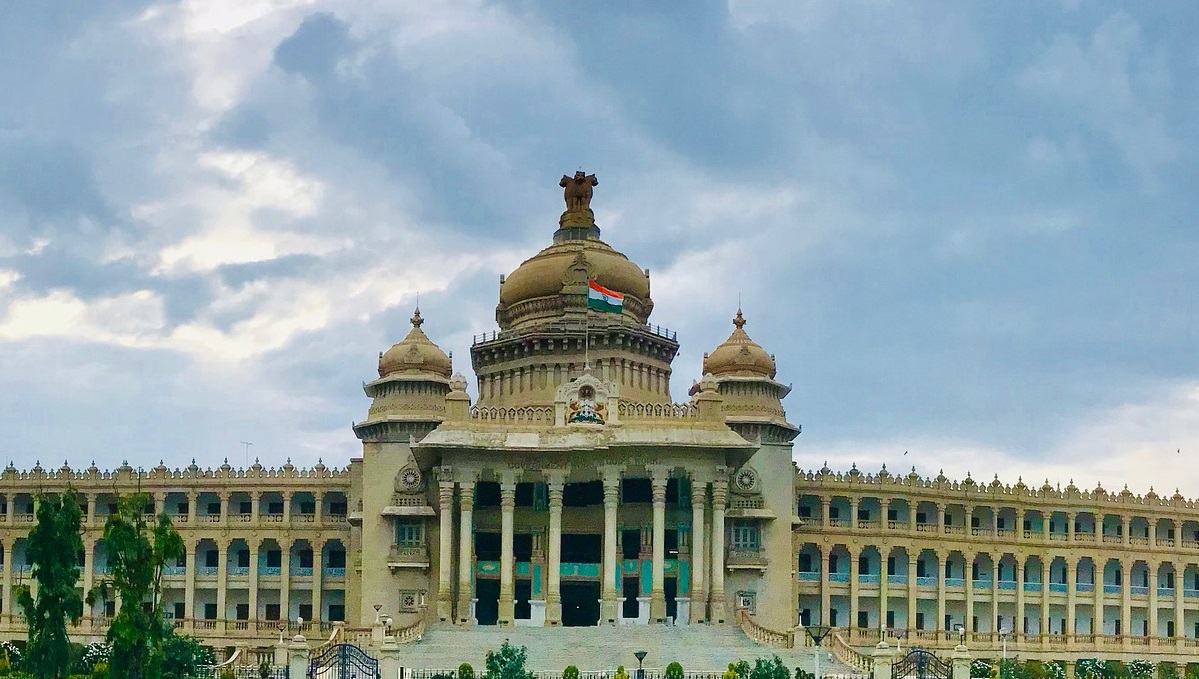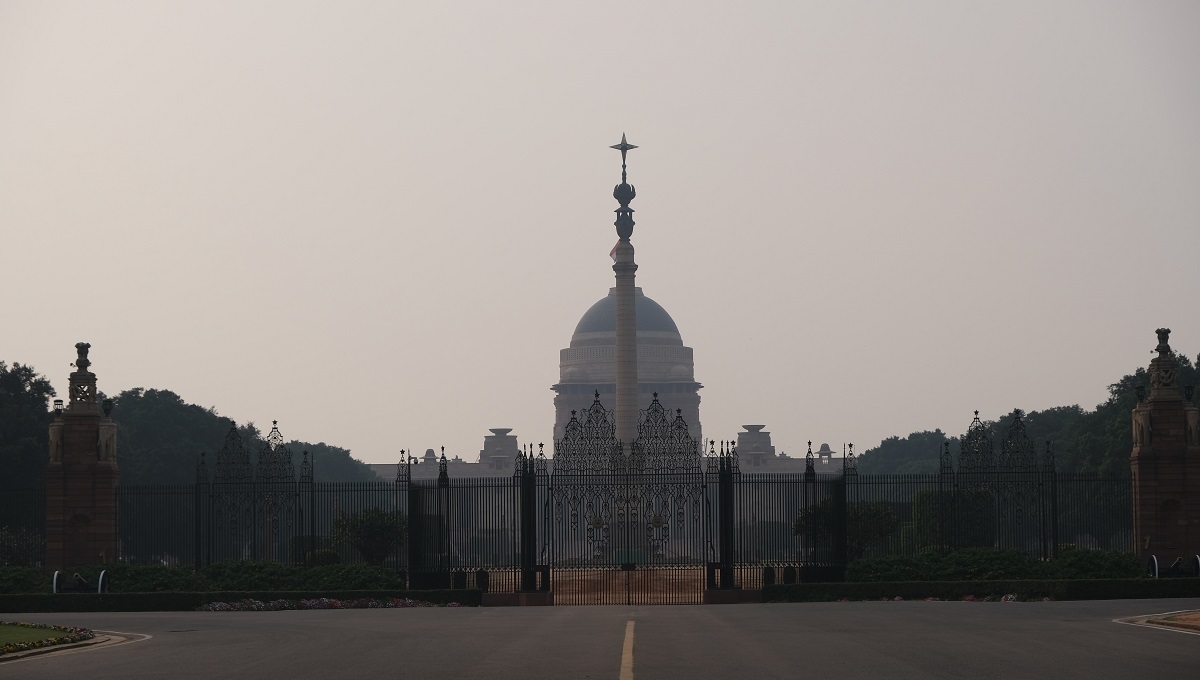The Reserve Bank of India (RBI) notified COVID-19 – Regulatory Package (Circular) on 27 March 2020 which inter-alia, permitted all commercial banks, co-operative banks, all India Financial Institutions and NBFCs to grant a 3-month moratorium on all payment of installments falling due between March 1, 2020 and May 31, 2020. Subsequently, on 22 May 2020, the period of the moratorium was extended by another 3 months by the RBI.
Detailed note on the Circular can be accessed at https://jsacovid19.blogspot.com/2020/04/rbi-instructions-in-light-of-covid-19.html
Followed by the Circular, the Ministry of Finance also issued FAQs on the matter to address the technicalities of the moratorium. However, several ambiguities still persisted in the subject matter, which the Karnataka High Court has addressed in its judgment on 8 July 2020 while ruling on a Writ Petition filed by a borrower.
The Writ Petition was filed by Velankani Information Systems Limited (VISL) engaged in the business of running an information technology park and a 5-star hotel. VISL had availed loan facilities from HDFC Bank, Federal Bank and Aditya Birla Finance to run the business. All 3 banks have a pari passu first charge over the receivables, revenue and rent from the hotel and tech park business.
VISL was forced to shut down its hotel on account of the Covid-19 pandemic causing VISL to approach the banks for grant of the moratorium. Aditya Birla Finance was willing to grant the moratorium. However, as the lending facility was a consortium finance with common securities and pari passu charge, Aditya Birla Finance contended that the grant of the moratorium required the consent of the other two banks. The other banks contended that the Circular issued by RBI was not mandatory in nature and only directory, and hence the discretion of granting the moratorium lies solely with the lending institution.
Ruling on the nature of the Circular, the Court held that, though the Circular is discretionary in nature, as to the power of a bank to grant moratorium or not, it is mandatory for the banks to ensure the continuity of viable businesses, that is, the non-grant of a moratorium should not result in adversely affecting the survival and continuity of a viable business.
Further, the banks have also, in the FAQs on their respective websites, stated that all their customers would be eligible for such moratorium in lines with the Circular.
Therefore, it was held that all borrowers are eligible to seek for a moratorium. If a borrower were to seek for grant of a moratorium on the ground that continuity of its business would be affected and establish the same, the borrower would as a matter of right be entitled to the grant of moratorium so that such continuity is not adversely affected. And all 3 banks, HDFC Bank, Federal Bank and Aditya Birla Finance was directed by the Court to grant moratorium to VISL for the three months from 01 March 2020 to 31 May 2020 and also for the extended period from 01 June 2020 to 31 August 2020.
The Court also directed the RBI to monitor the implementation of the Circular, including verification of whether there are board-approved policies formulated by each of the lenders, direct all the banks to submit the board-approved policies for approval to the RBI, to approve such board-approved policy, verify if such a board-approved policy contains objective criteria, set up a proper and effective grievance redressal forum for any aggrieved borrower to approach on account of the improper or non-implementation of the policy and/or Circular etc.
The High Court order sought to clear the lack of consensus among the banks on the extension of loan moratorium due to lack of clarity from RBI.
This case is also peculiar due to the fact that the Court had allowed a writ of mandamus against private institutions, stating that the enforcement of the Circular involved enforcing a public duty, though it was against a private body.
Ruling in favour of the maintainability of the Writ, the Court held that, as the Circular was issued to protect and preserve the economy of the country on the account of the COVID 19 pandemic, the issuance of the Circular is in the public interest, the interest of the economy and the country.













